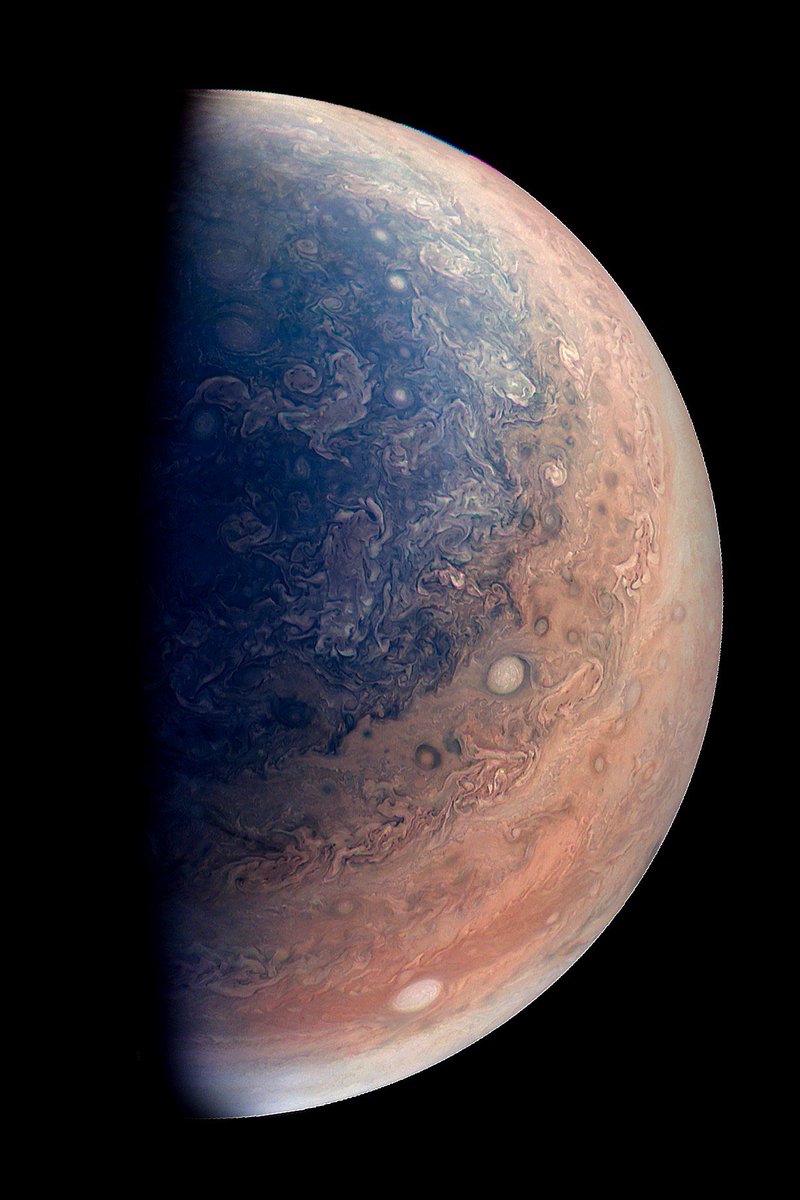PLATO...
I am working on the mission
Wait, what?! Literally?
PLATO...
I am working on the mission
Lol, you're my favourite party pooper! XDAh, Elon not immune to believing his own hype
Haha, you devil! ;-)Tommorrow I'll destroy your faith in solar roadways
Wait, what?! Literally?
Davros: techie, professional debunker, nice troll...Take no notice, he makes the tea
27 best Hubble images on its 27th birthday
The space telescope’s extraordinary vision has revealed star clusters, nebulae, and galaxies in detail no one could have imagined.

It was more of a joke question, because you're always here to debunk/say the cons.The pros are obvious
the arnt any cons except remember these are composite images a combination of photos taken at different wavelengths
http://www.space.com/8059-truth-photos-hubble-space-telescope-sees.html
You typed it wrong. 'Ego' has three letters, but I see four asterisks.At last a hole big enough to fit my **** in
NASA's Juno Mission @NASAJuno
That view though. Oval storms dot the cloudscape in this enhanced color #JunoCam image of #Jupiter’s south pole https://www.missionjuno.swri.edu/news/approching-jupiter …

Newly discovered exoplanet may be best candidate in search for signs of life
Transiting rocky super-Earth found in habitable zone of quiet red dwarf star
Date:
April 19, 2017
Source:
ESO
Summary:
An exoplanet orbiting a red dwarf star 40 light-years from Earth may be the new holder of the title 'best place to look for signs of life beyond the solar system.' Using ESO's HARPS instrument, and other telescopes, astronomers discovered a 'super-Earth' orbiting in the habitable zone around the star LHS 1140. This world is larger and more massive than the Earth and has likely retained most of its atmosphere. This makes it one of the most exciting targets for atmospheric studies.

This artist's impression shows the exoplanet LHS 1140b, which orbits a red dwarf star 40 light-years from Earth and may be the new holder of the title 'best place to look for signs of life beyond the Solar System'. Using ESO's HARPS instrument at La Silla, and other telescopes around the world, an international team of astronomers discovered this super-Earth orbiting in the habitable zone around the faint star LHS 1140. This world is a little larger and much more massive than the Earth and has likely retained most of its atmosphere.
Credit: ESO/spaceengine.org
The newly discovered super-Earth LHS 1140b orbits in the habitable zone around a faint red dwarf star named LHS 1140, in the constellation of Cetus (The Sea Monster)[1]. Red dwarfs are much smaller and cooler than the Sun and, although LHS 1140b is ten times closer to its star than the Earth is to the Sun, it only receives about half as much sunlight from its star as the Earth and lies in the middle of the habitable zone. The orbit is seen almost edge-on from Earth and as the exoplanet passes in front of the star once per orbit it blocks a little of its light every 25 days.
